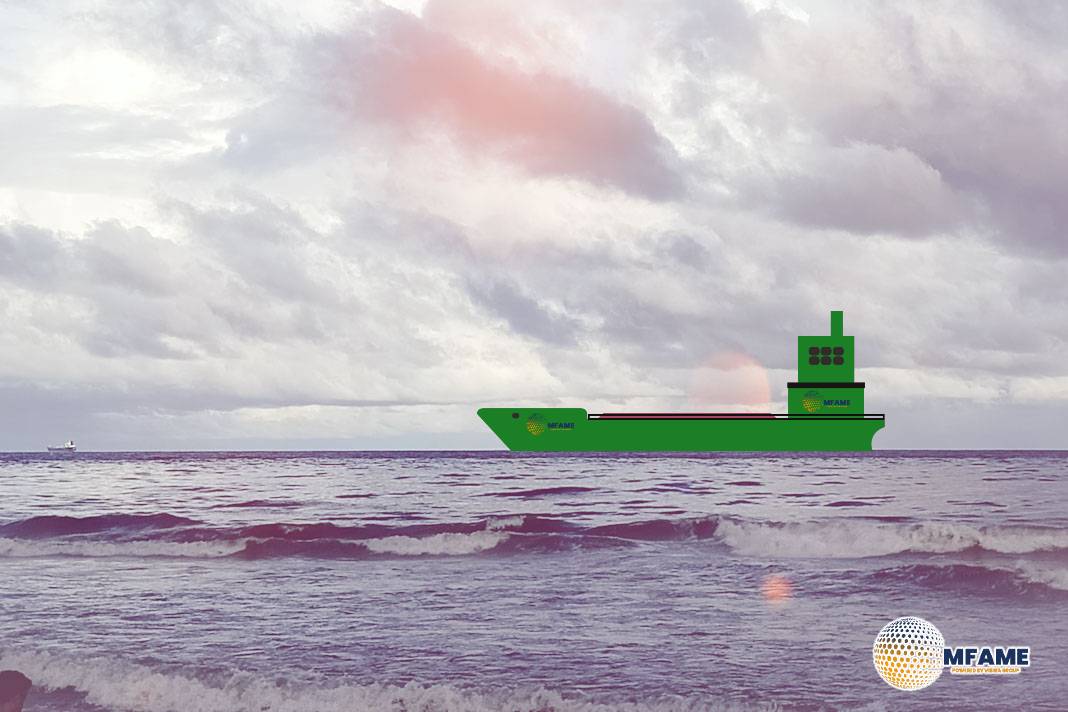Japan’s shipbuilding industry remains one of the world’s top three, yet it continues to grapple with intensifying competition from China and South Korea, according to the latest insights by Intermodal.
Navigating rising competition
Japan’s shipbuilders now face a landscape where Far East shipyards command nearly 96% of global new orders by deadweight tonnage (dwt) — China leads with around 68%, South Korea holds about 18%, and Japan trails behind.
Once commanding over 35 % of new-order volumes, Japan’s market share has slipped drastically; its share fell from 26 % in 2017 to just over 10 % as of October 2025.
Strategic responses and focus on innovation
The Shipbuilders Association of Japan (SAJ), representing 17 major groups, plans to invest roughly US $2.3 billion, while seeking public sector contributions to reach a total of US $6.5 billion by 2035 to strengthen domestic shipbuilding.
Key investment areas include:
- Modernising yards: replacing ageing machinery, installing larger cranes, and deploying advanced automation.
- Boosting international collaboration: for instance, a memorandum of understanding with the United States aims to open US orders to Japanese yards and secure maintenance contracts for US Navy vessels.
- Focusing not just on volume but on value-added construction: zero-emission vessels, autonomous technology, IoT-enabled systems. The goal: by 2040 Japan aims to become a leader in autonomous and zero-emission shipbuilding, with half its domestic fleet autonomous.
Structural and labour-market headwinds
Despite these efforts, significant structural issues persist. Japan’s limited coastal land makes expanding new shipyard space difficult, placing the burden on upgrading existing facilities rather than launching large green-field sites.
Additionally, an ageing workforce poses risks. Many employees are nearing retirement, and the share of foreign workers has grown to around 20 % (up from virtually zero a decade ago) to plug labour-gaps, accompanied by new specialised training centres.
The shift in competitive dynamics
From having a strong presence across ship types, Japan now shows a significant gap in certain segments: for example, there are currently no LNG carrier orders in Japan’s order-book, while its competitors are active in alternative‐fuel shipbuilding.
In one set of figures, the Japanese order-book comprises 737 vessels totalling around 40.7 million dwt, focused largely on bulk carriers, tankers, and containerships.
Implications for the maritime ecosystem
- The importance of maritime innovation: as volume becomes harder to retain, focus is shifting to technological differentiation (autonomous systems, alternative fuels, IoT) rather than simply building more ships.
- Strategic partnerships and global collaboration may become more important: countries and yards are increasingly leveraging alliances and interactions across borders to access orders and capability.
- Labour and training strategies matter: ageing workforces and the need for specialised skill‐sets may drive changes in how shipyards recruit, train and deploy talent.
- Updating infrastructure is essential: Yard modernisation, automation and advanced manufacturing will likely define future competitiveness.
- Policy and funding frameworks will be influential: public-sector support, investment flows and regulatory environments will shape how national shipbuilding industries evolve.
Did you subscribe to our daily Newsletter?
It’s Free Click here to Subscribe!
Source: SAFETY4SEA
























